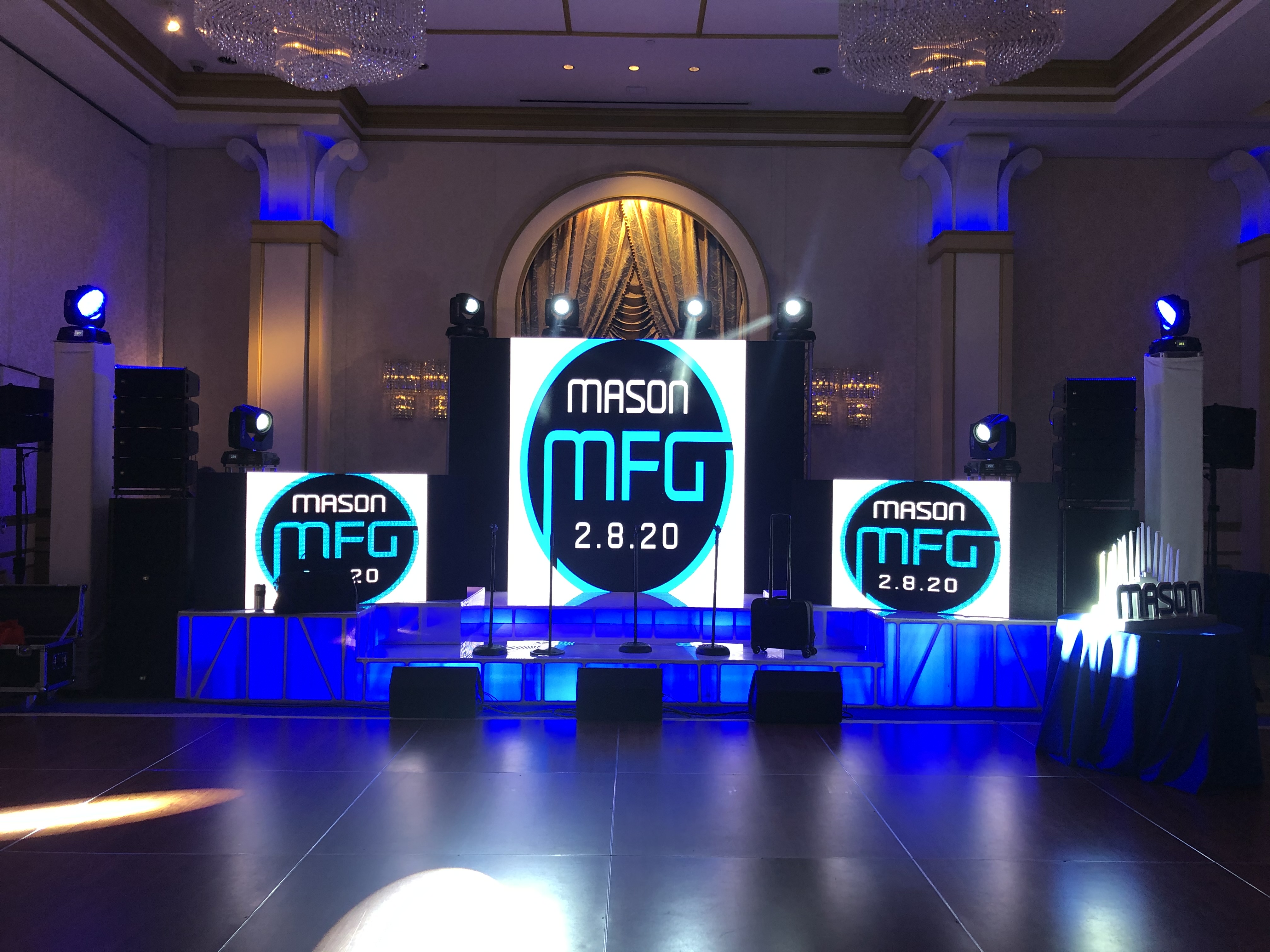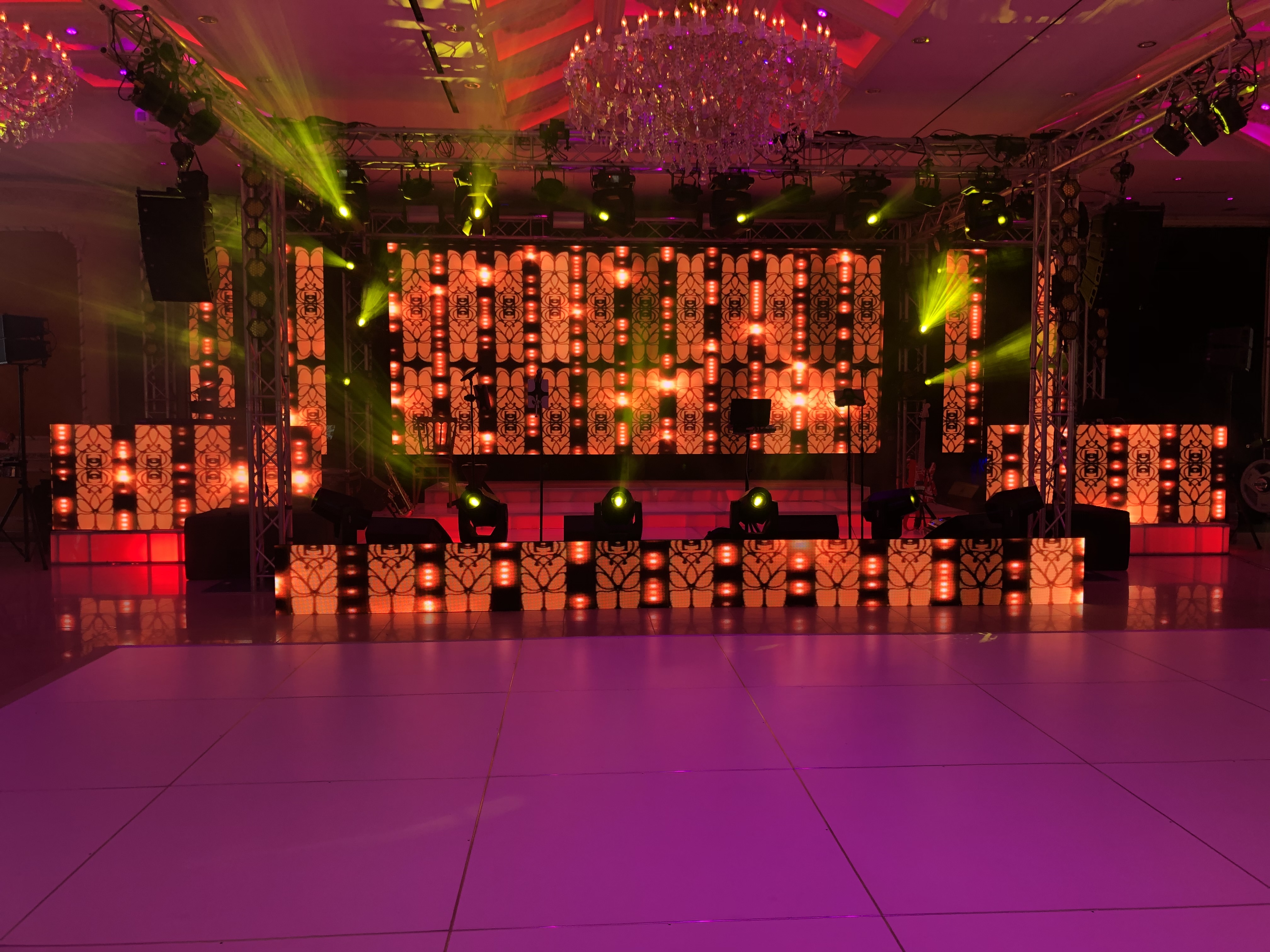Frequently Asked Questions
Real-time motion tracking technology synchronizes with LED wall displays by utilizing advanced sensors and cameras to capture precise movements, which are then processed through high-speed computing systems to ensure minimal latency. This data is fed into powerful graphics engines that render dynamic content on LED walls, creating a seamless integration between physical actions and digital visuals. The synchronization is achieved through sophisticated algorithms that predict motion trajectories, allowing for smooth transitions and interactions. Technologies such as infrared tracking, inertial measurement units (IMUs), and optical motion capture systems are often employed to enhance accuracy and responsiveness. The LED walls, equipped with high refresh rates and low latency capabilities, display the rendered content in real-time, ensuring that the immersive experience remains fluid and engaging. This synergy between motion tracking and LED displays is crucial in applications like virtual production, interactive installations, and augmented reality environments, where the illusion of reality depends on the precise alignment of physical and digital elements.
Integrating motion capture systems with LED walls in a live event setting requires a comprehensive understanding of both hardware and software components. The technical requirements include high-resolution cameras and sensors capable of capturing precise motion data, which are then processed by real-time rendering engines such as Unreal Engine or Unity. These engines must be synchronized with the LED wall's video processors to ensure seamless visual output. The system also demands low-latency data transmission to prevent lag between the performer's movements and the visual display. Additionally, robust network infrastructure is essential to handle the bandwidth required for transmitting high volumes of data. Calibration tools are necessary to align the motion capture data with the LED wall's pixel mapping, ensuring accurate representation of the virtual environment. Furthermore, the integration often involves middleware solutions that facilitate communication between the motion capture system and the LED wall's control software, ensuring compatibility and smooth operation during the live event.
Minimizing latency issues in real-time motion tracking with LED walls involves optimizing several key components, including the integration of high-speed cameras, low-latency data processing units, and advanced motion capture software. Utilizing high-refresh-rate LED panels can significantly reduce display lag, while employing robust synchronization protocols ensures seamless communication between tracking systems and visual outputs. Implementing edge computing solutions can decrease data transmission delays by processing information closer to the source. Additionally, leveraging high-bandwidth connections, such as fiber optics, can facilitate rapid data transfer between devices. Calibration of tracking systems to account for environmental variables, such as lighting conditions and spatial configurations, further enhances accuracy and responsiveness. Employing predictive algorithms and machine learning models can anticipate motion trajectories, thereby compensating for any residual latency. Regular system maintenance and updates ensure that all components operate at peak efficiency, minimizing potential bottlenecks in the data pipeline.
Calibrating motion tracking sensors for accurate interaction with LED wall content involves several best practices to ensure precision and reliability. First, it is crucial to perform a thorough environmental analysis to identify potential sources of interference, such as reflective surfaces or electromagnetic fields, which can disrupt sensor accuracy. Utilizing high-resolution sensors with low latency is essential to capture fine movements and ensure real-time responsiveness. Implementing a multi-sensor fusion approach, where data from various sensors like infrared, ultrasonic, and optical are combined, can enhance tracking accuracy by compensating for individual sensor limitations. Regularly updating the sensor firmware and software algorithms is vital to incorporate the latest advancements in motion detection and processing. Calibration should be conducted in the actual environment where the LED wall is installed, taking into account factors like ambient lighting and spatial configuration. Employing machine learning techniques to adaptively refine sensor calibration over time can further improve precision by learning from user interactions. Finally, conducting iterative testing and validation with diverse user profiles and motion scenarios ensures that the system is robust and performs consistently across different conditions.
Different motion tracking technologies, such as optical and inertial systems, significantly impact the performance and quality of LED wall integrations by influencing latency, accuracy, and synchronization. Optical tracking, which relies on cameras and markers, offers high precision and real-time feedback, crucial for seamless interaction with LED walls in virtual production environments. However, it can be susceptible to occlusion and requires a clear line of sight, potentially affecting the consistency of visual effects. In contrast, inertial tracking, which uses accelerometers and gyroscopes, provides robust data in environments with limited visibility and is less prone to interference, but may suffer from drift over time, impacting the alignment and stability of the LED wall content. The choice between these technologies depends on the specific requirements of the production, such as the need for high fidelity in motion capture, the complexity of the scene, and the desired level of immersion, ultimately affecting the viewer's experience and the overall quality of the visual output.

